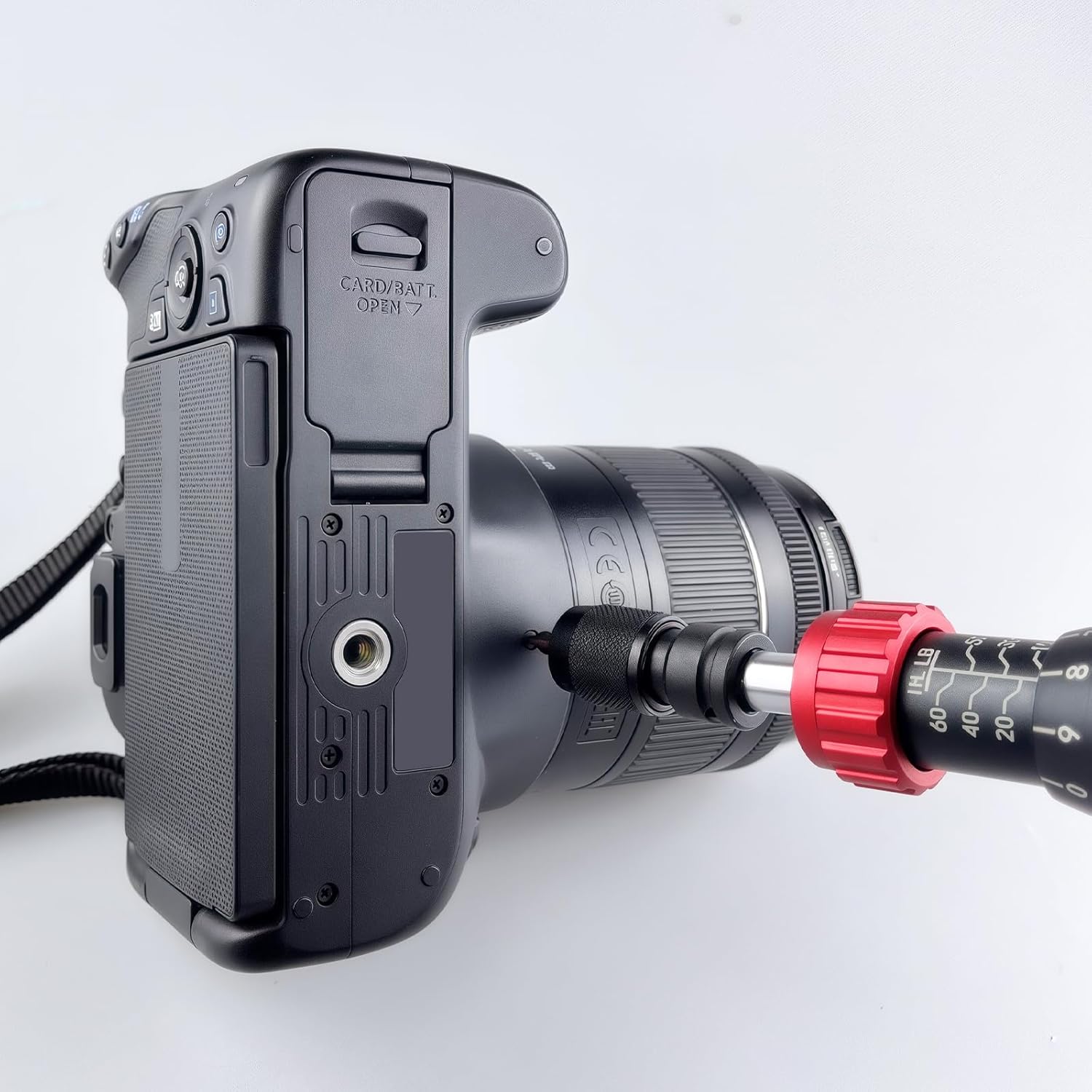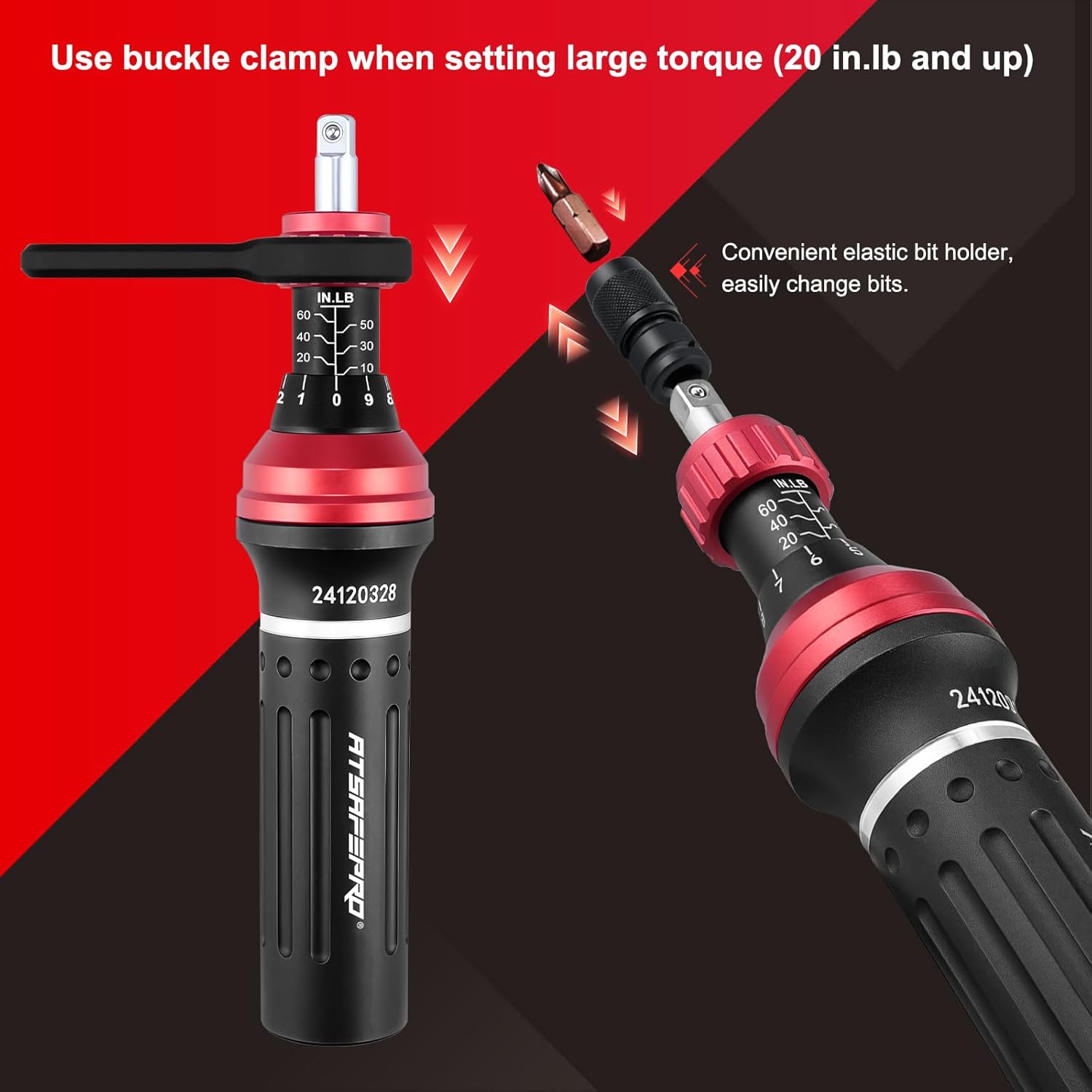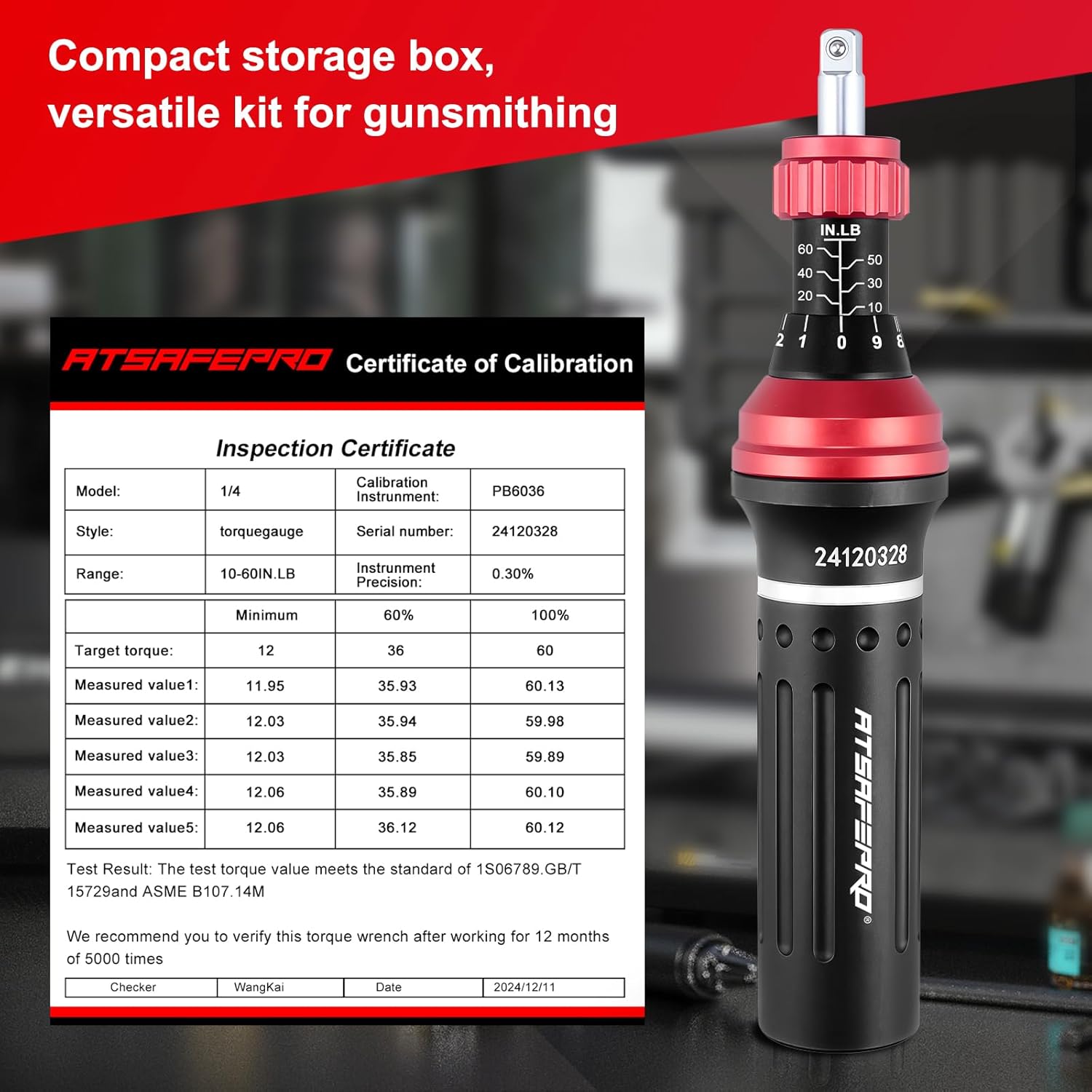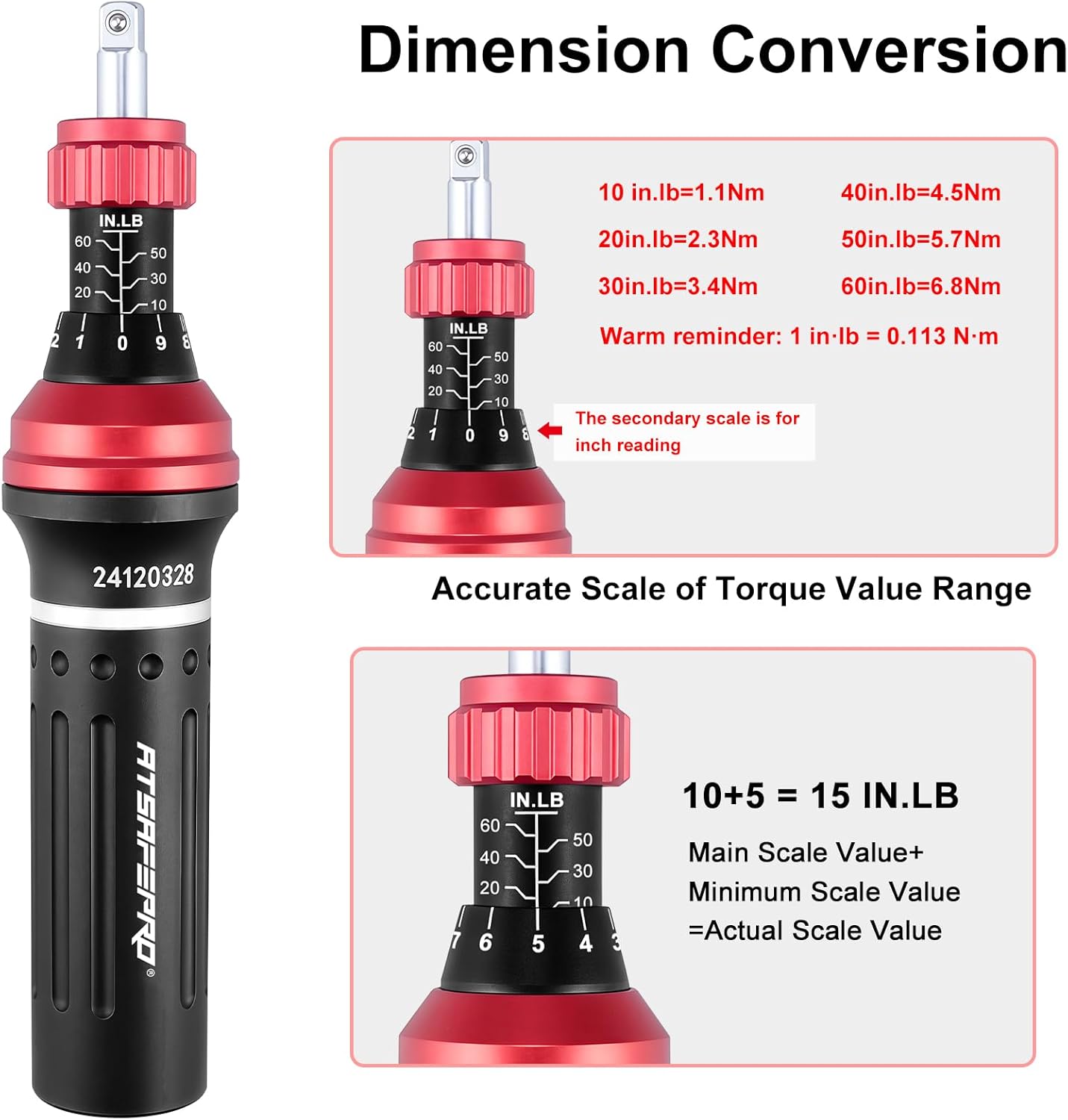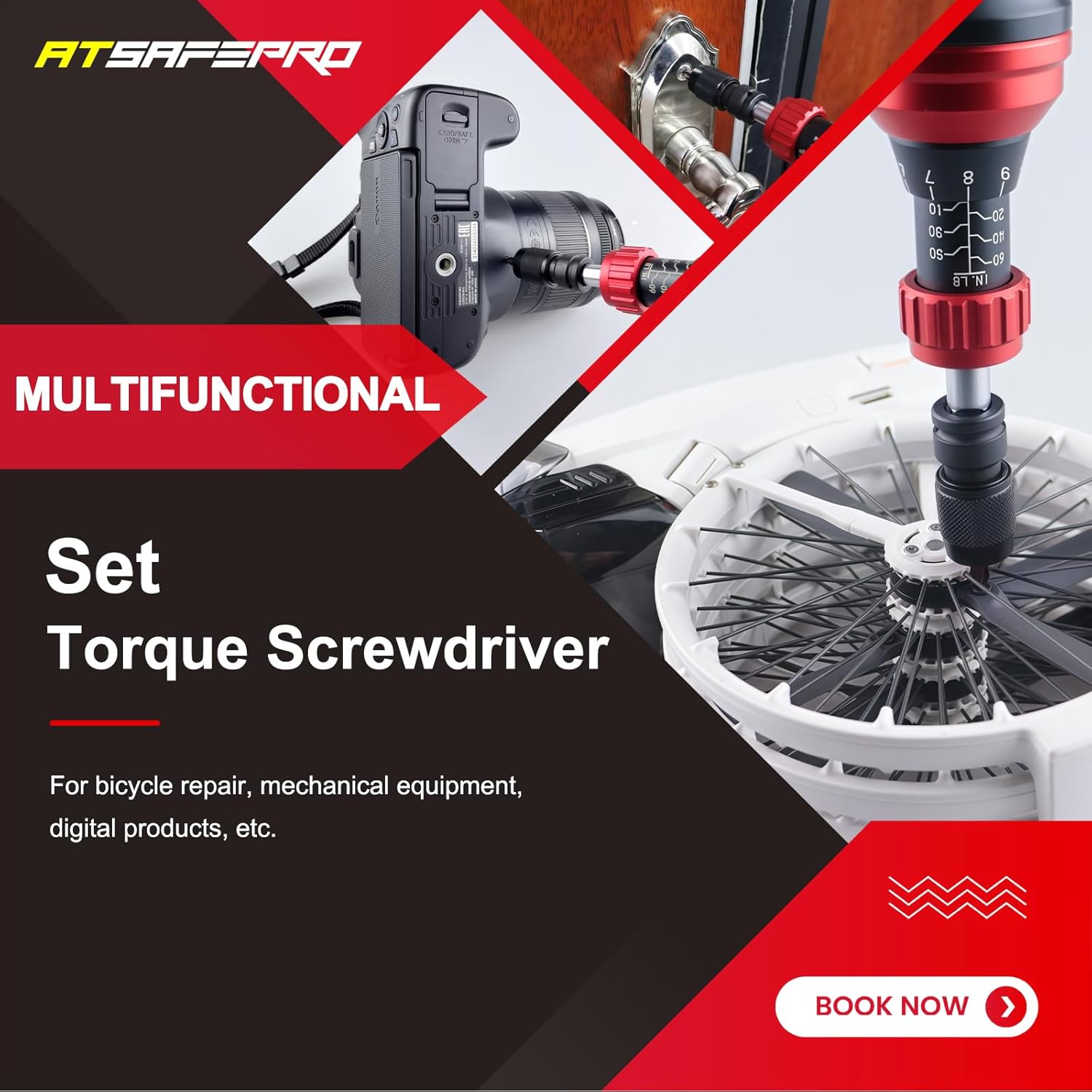Maintaining proper tire pressure is one of the most critical yet often overlooked aspects of vehicle ownership. It directly impacts safety, fuel efficiency, and the longevity of your tires. For decades, the go-to tool for this essential task has been the humble analog tire pressure gauge, a device celebrated for its simplicity and unwavering reliability. Whether you're a daily commuter or an off-road adventurer, understanding your tire pressure is the first step towards a better driving experience, and having the right tools makes all the difference.
Why an Analog Tire Pressure Gauge is Still a Must-Have
In an age of digital everything, it might seem old-fashioned to advocate for an analog tool. However, the analog tire pressure gauge holds its own for several compelling reasons. First and foremost is its supreme reliability. It requires no batteries, meaning it’s always ready to go when you are. You'll never be stranded by a dead battery when you need to check your tires in a remote location. Furthermore, these gauges are typically built to last, often featuring durable metal casings and braided hoses that can withstand being dropped, tossed in a toolbox, or exposed to the elements. Their simple mechanical nature, operating on the principle of a Bourdon tube, makes them less susceptible to electronic failure, ensuring you get a consistent reading every time. This ruggedness makes it an indispensable tool for off-road enthusiasts who subject their gear to harsh conditions.
The Importance of Precision: More Than Just a Number
Achieving the correct tire pressure is a game of precision. Even a few PSI (Pounds per Square Inch) off can negatively affect your vehicle's handling, increase braking distances, and cause uneven tread wear, ultimately costing you money in fuel and premature tire replacement. This is where a high-quality tire inflation gauge becomes invaluable. While a basic gauge simply reads the pressure, a proper inflation gauge allows you to both read the pressure and actively add air from a compressor. This integration is crucial for making accurate adjustments. Many designs, including analog ones, feature a large, easy-to-read dial with clear markings, a bleed valve for releasing excess air with precision, and a locking chuck for a secure connection to the tire's valve stem. Ensuring your gauge is accurate is paramount for maintaining optimal vehicle performance and safety on any terrain.
The Traditional Hassle: One Tire at a Time
For anyone who has ever needed to adjust the pressure on all four tires, the traditional method can be a tedious and time-consuming process. This is especially true for off-roaders who frequently 'air down' their tires to gain traction on trails and then need to 'air up' before hitting the pavement again. The conventional process involves kneeling down at each wheel, checking the pressure, connecting an air source, inflating for a bit, disconnecting, re-checking the pressure, and repeating until the target is met. You then repeat this entire sequence three more times. This method not only takes a significant amount of time but also makes it difficult to ensure that all four tires are at the exact same pressure, which can lead to slight imbalances in handling.
A Revolutionary Approach: The 4-Tire Inflation System
Fortunately, innovation has addressed this long-standing inconvenience. The modern solution is a multi-tire inflation and deflation system, a groundbreaking tool designed to manage all four tires simultaneously. This system uses a manifold and a series of high-quality air hoses to connect all four tires at once. Once connected, it naturally equalizes the pressure across all of them, guaranteeing perfect balance. You can then connect your air source to a single inlet on the manifold to inflate all four tires at the same time, or simply open a valve to deflate them in unison. This transforms a 20-minute chore into a quick, hands-free, two-minute task. Even with this advanced setup, a separate inflatable tire pressure gauge can be used at the manifold to monitor the process, giving you ultimate control over your vehicle’s footing.
What to Look For in a Multi-Tire Inflation Kit
When choosing a multi-tire inflation system, there are several key features to consider. Look for kits built with robust, high-quality materials, such as durable air hoses that won't kink or crack under pressure and solid metal connectors that ensure a leak-free seal. The heart of the system, the manifold, should be well-constructed and may even include its own built-in, high-precision gauge. The overall design should be user-friendly, with intuitive connections and controls that make the process of airing up or down effortless. An efficient system not only saves you a tremendous amount of time but also provides the peace of mind that comes from knowing your tires are perfectly equalized for optimal performance, whether you're conquering rocky trails or cruising down the highway. This is more than an accessory; it's a fundamental upgrade to your vehicle maintenance arsenal, a tool that works with your inflatable tire pressure gauge to deliver perfect results.
The Future of Tire Maintenance is Here
In conclusion, while the classic analog tire pressure gauge remains an essential, reliable, and indispensable tool for any vehicle owner, the evolution of tire maintenance technology offers incredible advancements in efficiency and precision. The days of tedious, one-by-one tire adjustments are being replaced by sophisticated multi-tire inflation and deflation systems that save time and guarantee balanced pressure. By combining the tried-and-true accuracy of a quality tire inflation gauge with the speed and convenience of a four-tire system, you can ensure your vehicle is always prepared for the road ahead. Embracing these innovations means spending less time on maintenance and more time enjoying the drive, confident that your vehicle is performing at its absolute best.



